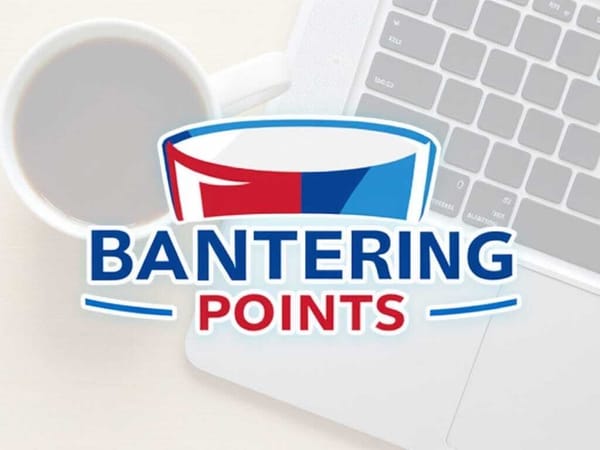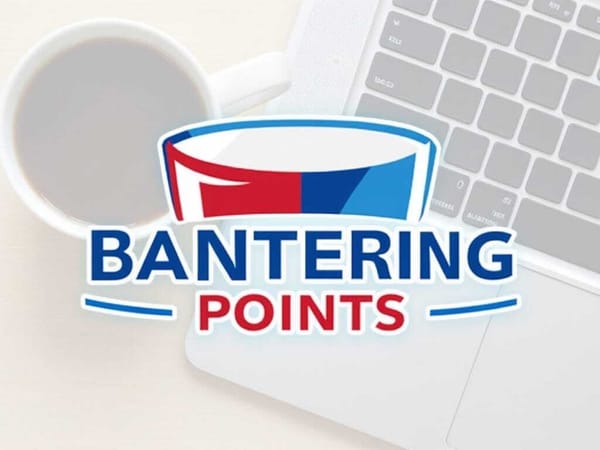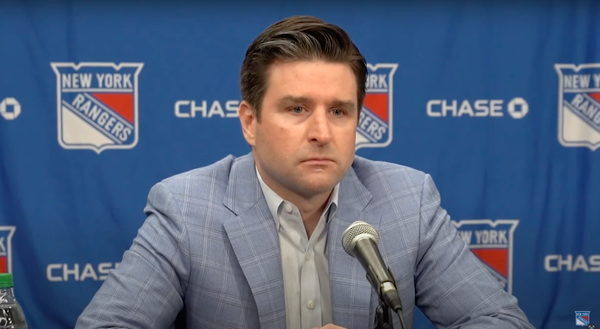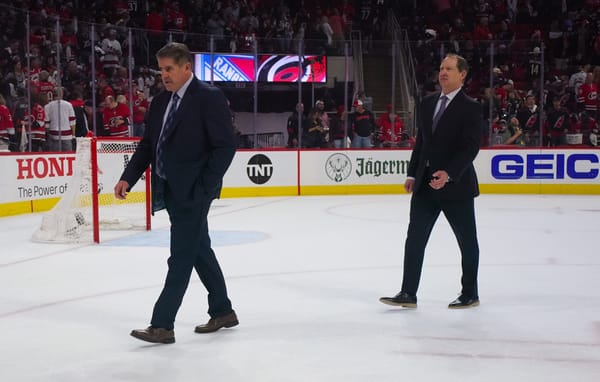Is the New York Rangers' Bottom-Six in Better Shape in 2012-13 Than in 2011-12?
The New York Rangers' biggest move of the off-season was acquiring Rick Nash from the Columbus Blue Jackets. However, when the Blueshirts hit the ice at the start of the 2012-13 season (whenever that will be), the biggest changes that fans will see are the forwards that will play on the bottom two lines.
In the off-season, the Rangers cut ties with forwards John Mitchell, Ruslan Fedotenko, and Brandon Prust. In order to replace them, general manager Glen Sather made three signings, and brought Taylor Pyatt, Arron Asham, and Jeff Halpern into the fold.
In essence, the three signings the Blueshirts made replaces each role player that was lost. The signing of Pyatt is meant to replace Fedotenko, who was a mainstay on the Rangers' third line in 2011-12. The purpose of signing Asham, who will become the first player to play for all five Atlantic Division teams, is to bring in toughness that was lost as a result of Prust's departure. And the addition of Halpern replaces Mitchell as a depth center and faceoff specialist.
Join me after the jump for more.
So, did the Rangers' change in personnel actually improve their bottom-six forwards heading into 2012-13?
Well, despite the loss of a fan favorite (Prust), the Rangers did improve the club. However, the bottom-six as a unit is still lacking depth that could hinder the Blueshirts throughout the year.
At face value, the Rangers didn't lose out on any of the deals. Fedotenko's point production declined in every season since 2008-09, culminating last season when he scored nine goals and added 20 points in 73 games.
Although Pyatt put up almost identical numbers last year (nine goals and 19 points in 73 games), he is only two years removed from scoring 18 goals. Also, at age 31, Pyatt is younger than Fedotenko, and adds more size at 6'4''.
Letting Prust go was a "damned if you do, damned if you don't" situation for the Broadway Blueshirts. Prust was a character player, and a big part of the team's identity as far as penalty killing, toughness, and shot blocking. However, even Prust's most loyal supporters would have a tough time justifying him receiving a contract similar to the four-year/$10 million deal he received from Montreal.
Prust offensively isn't the player that will put up 13 goals and 29 points on a consistent basis (his goal and point totals from 2010-11). His five goals, 12 assists, and 17 points from last year are all the second most goals, assists, and points he recorded in any season, and if he maintains those numbers, there isn't any drop off in production when comparing him to Asham.
In Halpern, the Rangers are getting a much-needed upgrade in one of their weakest areas: faceoffs. His 58.3% winning percentage ranked fifth in the NHL last season, and a $700,000 contract certainly isn't overpaying for a center that could play on the third or fourth line. And even though it was five seasons ago, Halpern flourished under Tortorella after being traded to Tampa Bay in the deal that sent Brad Richards to Dallas. The 36-year-old scored 10 goals and recorded 18 points in 19 games with the Lightning in 2007-08.
But while the Blueshirts didn't lose out on their offseason signings, it's difficult to say that they brought in the scoring depth that they needed from the bottom-six forwards. When Marian Gaborik is healthy, the Rangers bottom-six forwards will likely include: Pyatt, Halpern, Asham, Carl Hagelin, Brian Boyle, and Mike Rupp.
These forwards have a good collection of speed, size, and experience. However, they haven't proven that they can add enough goal-scoring depth to complement the Blueshirts' top guns throughout the season.
Although Boyle scored 21 goals two seasons ago, his regression last season made his 2010-11 campaign look like an aberration. Hagelin scored 14 goals in 64 games last year, but if he isn't given the same opportunity to play with either Richards or Derek Stepan, his total output likely won't be the same.
Putting the fatigue factor aside, the Rangers were done in by the New Jersey Devils in large part due to New Jersey's fourth line. If the Blueshirts want to take the next step in their development this year, they will need more than just their superstars to contribute offensively.




